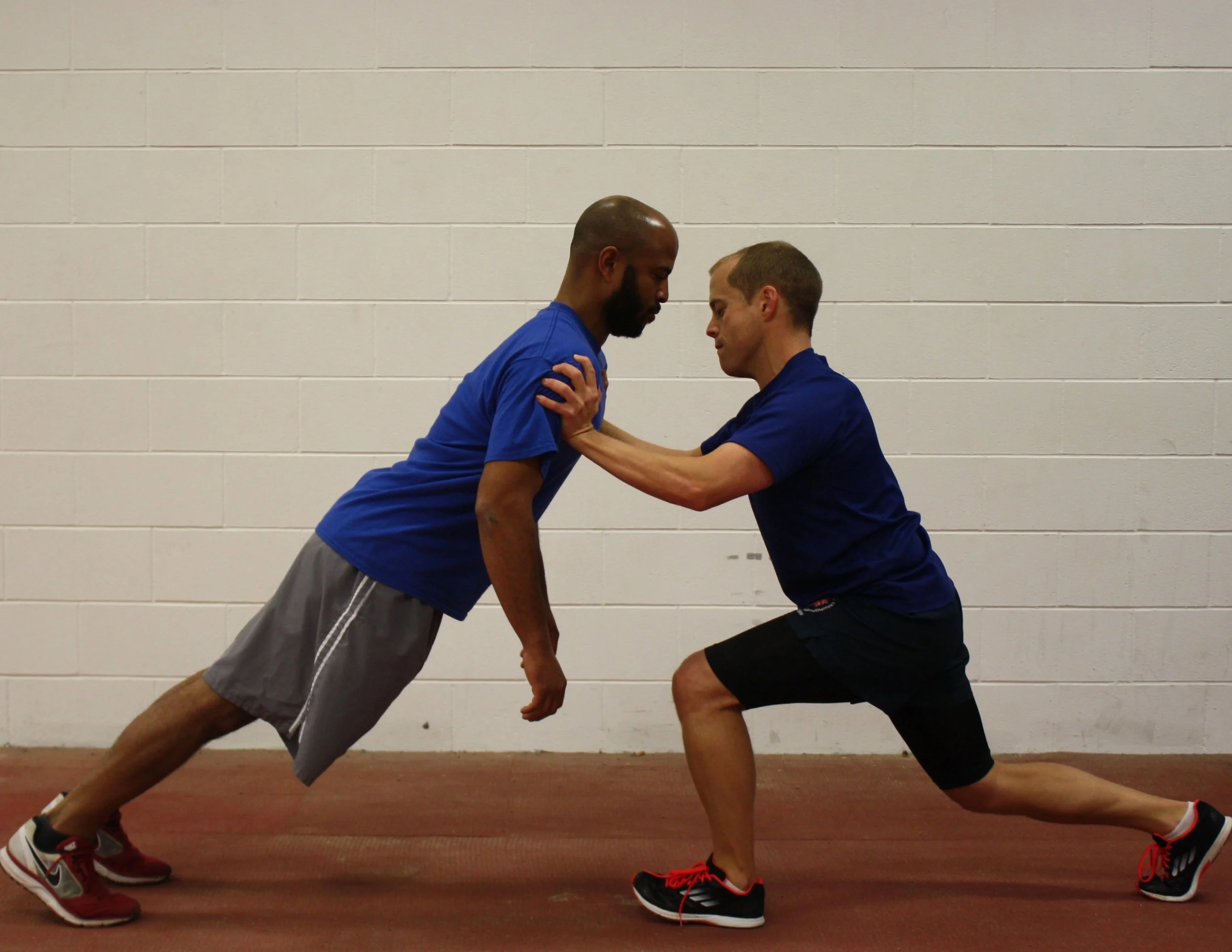The current post is the culmination of a three-part series on coaching athletic movement. In the opening part of the series, we delved into the ‘why’, and sought to elucidate what roles we have to play in this space. With part two we got into the ‘what’, and proposed that the lenses of mechanical effectiveness and efficiency might unite our aims in both performance and injury realms. With this final instalment, we get into the ‘how’, and provide some practical guidance on how we might deliver what we outlined in part two, and ultimately fulfill the roles we identified in part one.
The Why, What, and How of Coaching Movement: Part 2
As practitioners we are all essentially coaches, and in our various realms we find ourselves directing athletes on how we want them to move. In the first part of this 3-part post we delved into the why, as we attempted to elucidate what roles we should play, and define what objectives we should be seeking to fulfil when providing instruction to athletes. With this second part on coaching movement we get into the 'what'.
The Why, What, and How of Coaching Movement: Part 1
In an early post entitled ‘The Rise of the Movement Specialist’ we identified an apparent gap in the technical input and direction provided to athletes when it comes to athletic movement skills. The appearance in recent times of hordes of self-styled ‘movement specialists’ seeking to fill the void, or rather recognising a niche in the market, is indicative that something is presently lacking. With this 3-part post we attempt to tackle the question of what our role is in this space, and offer some guidance on how we can do better.
In this first part of the 3-part series, we start with ‘why’…
What do we mean by 'Athletic'? The 10 Pillars of Athleticism
Practitioners working in the realms of physical preparation, 'strength and conditioning', athletic development, sports coaching and sports medicine all share the desire that their athletes become more 'athletic'. Feats of athleticism can be readily recognised and appreciated. Yet observers and practitioners alike would struggle to describe with any clarity or detail what exactly constitutes 'athleticism'. Clearly we must first define qualities such as athleticism in order to understand how we might go about developing them. From a talent identification and talent development viewpoint, what do we need to identify and develop in a young athlete? In this post we aim to elucidate what athleticism is, and explore the constituent parts that underpin athleticism.
Solving the Puzzle of Training Young Athletes
A famous and often cited quote in relation to training youth is that 'children are not mini adults'. Clearly the approach to physical preparation for children and adolescents should differ to what is employed with athletes competing at senior level. This is evident from biological, physiological and long term development perspectives. What is less clearly defined are the specifics of how our approach should differ, and how this will alter according to the respective phase of growth and maturation. In this post we will aim to shed some light on this topic.
Considered Coaching - When and How to Steer Athletes' Learning
In a previous post we have spoken about the art of coaching and the power of well-chosen words. Regardless of what discipline a practitioner is working in (physical preparation, sports injury, coaching) there will be an element of coaching the athlete to perform movement - for the purposes of training, rehab, or for the sport itself. An understanding of how best to guide the process of acquiring a movement skill is typically something practitioners develop over time; certainly it is not extensively taught - if at all, depending on the discipline concerned. Clearly this is a major omission given that these factors will affect how well the athlete not only acquires movement skills in the first instance, but also how robust these skills will prove over time and under pressure.










